Some images here more info from Willi Tacke
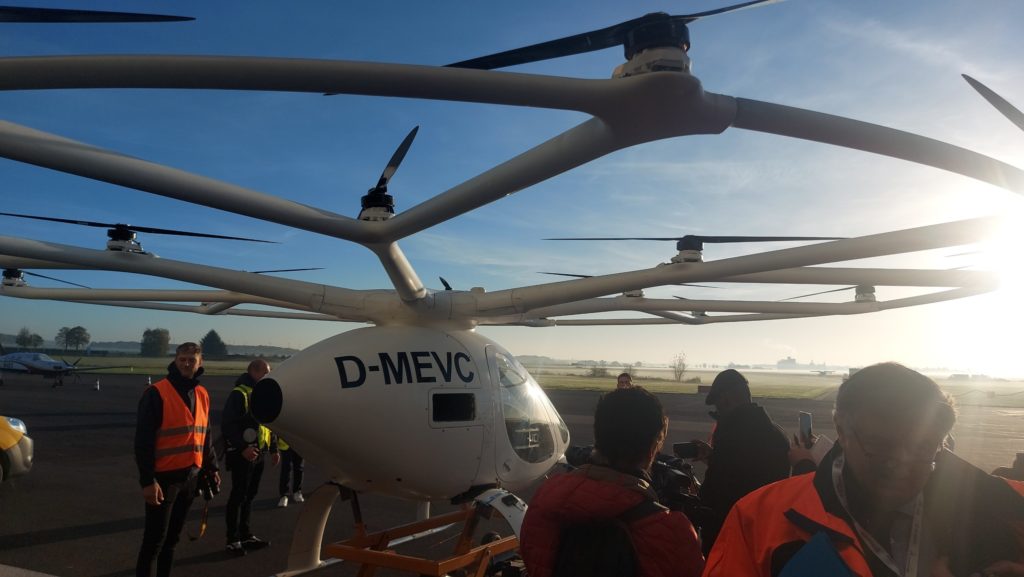
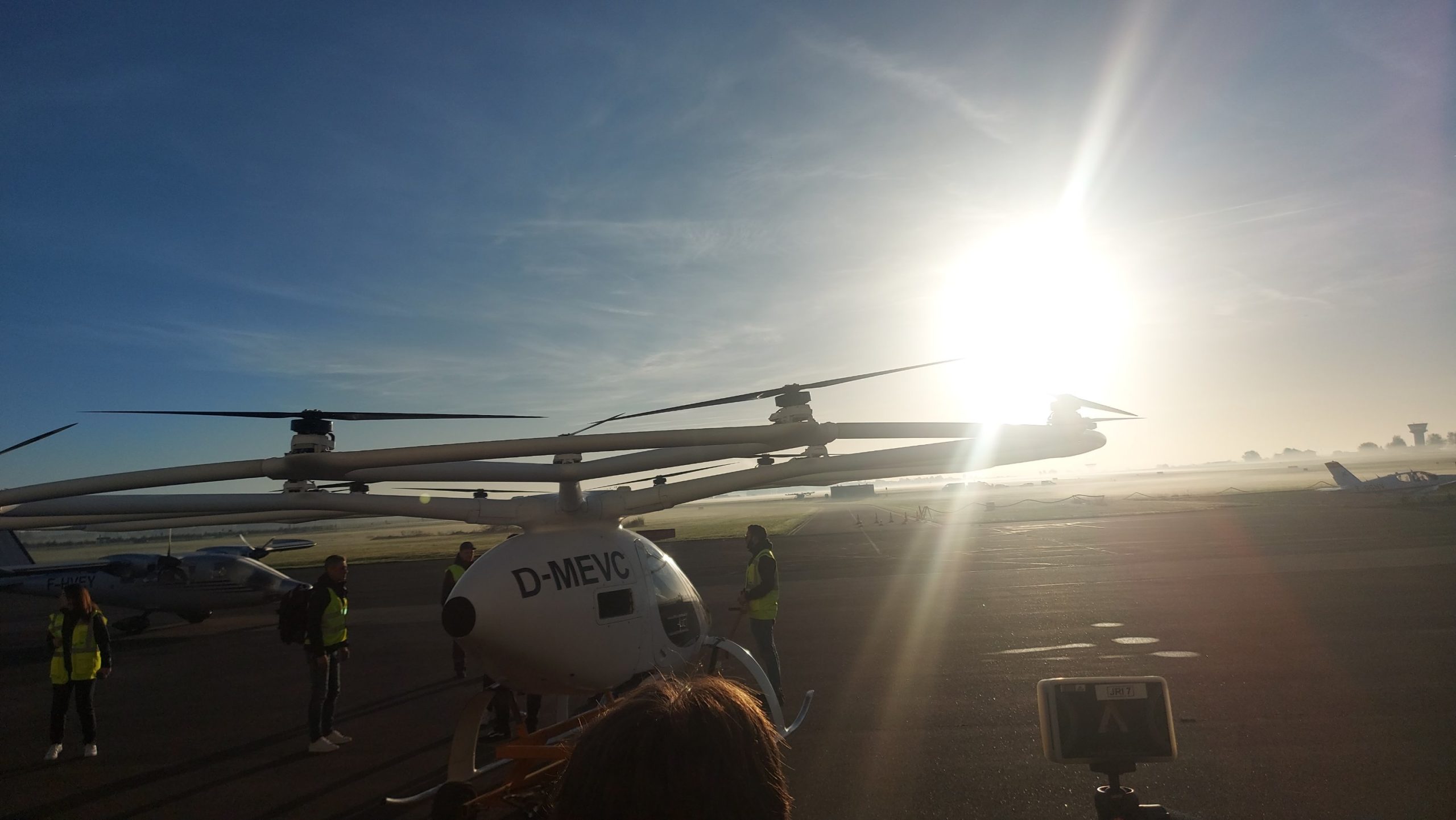
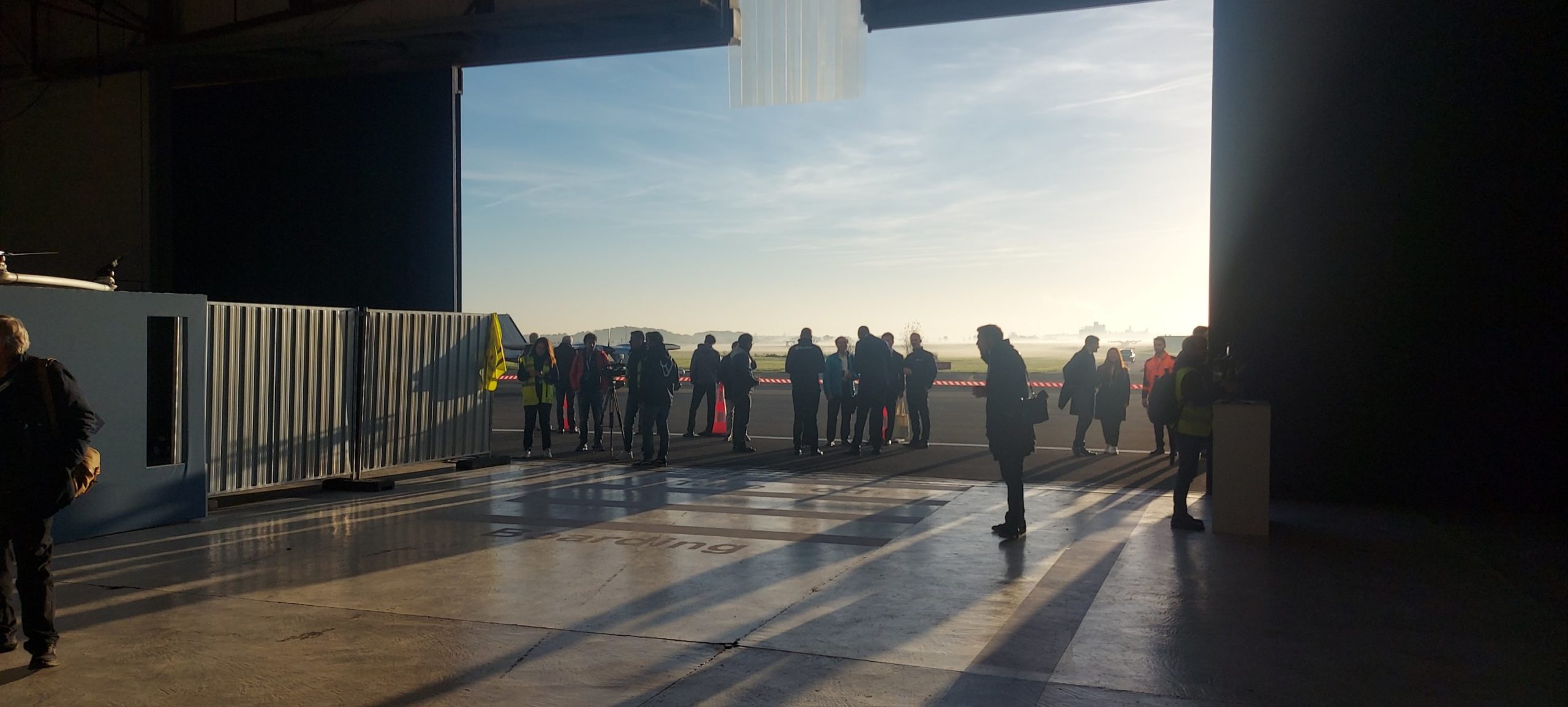
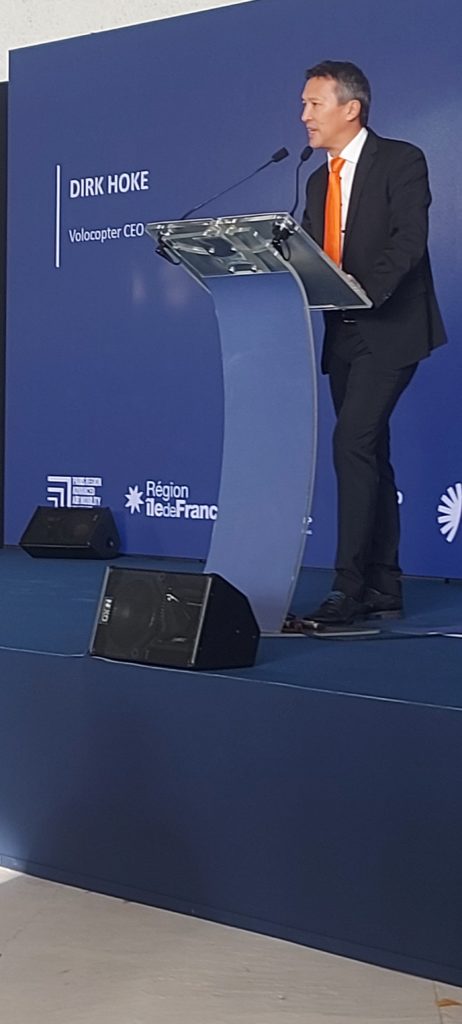

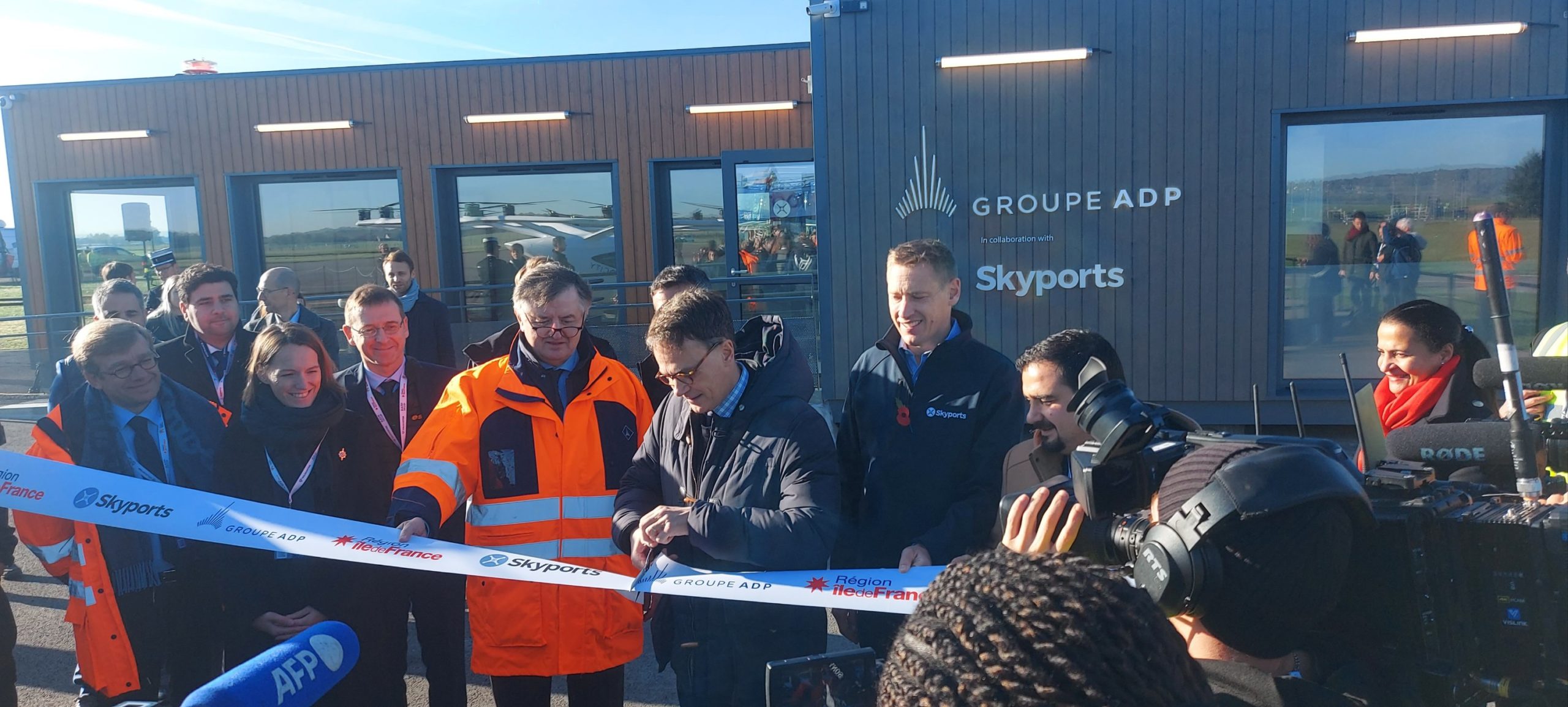
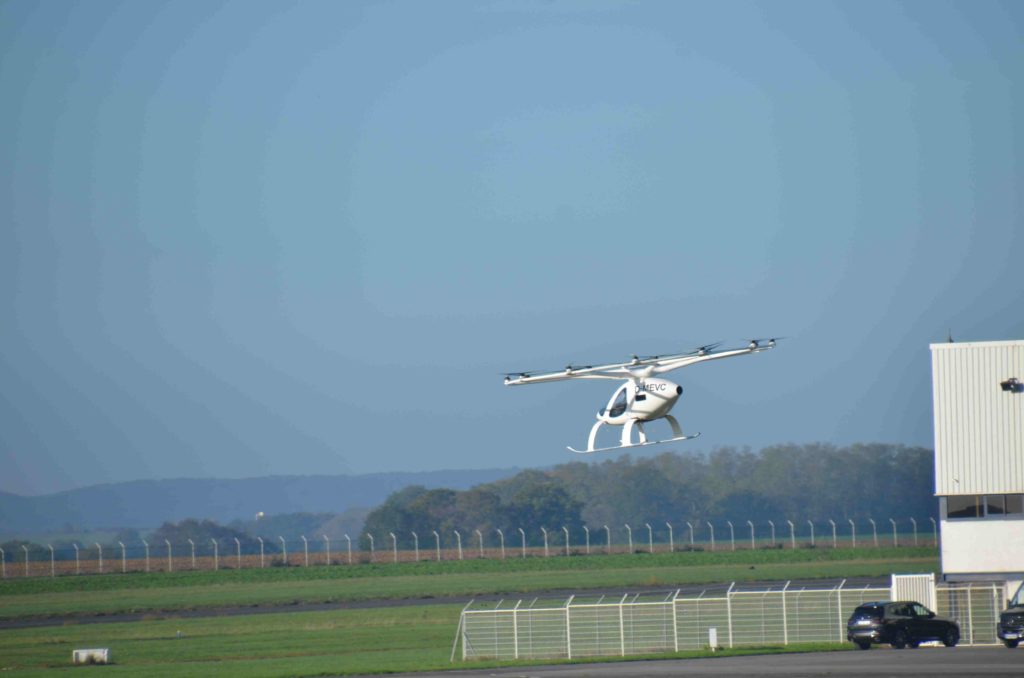
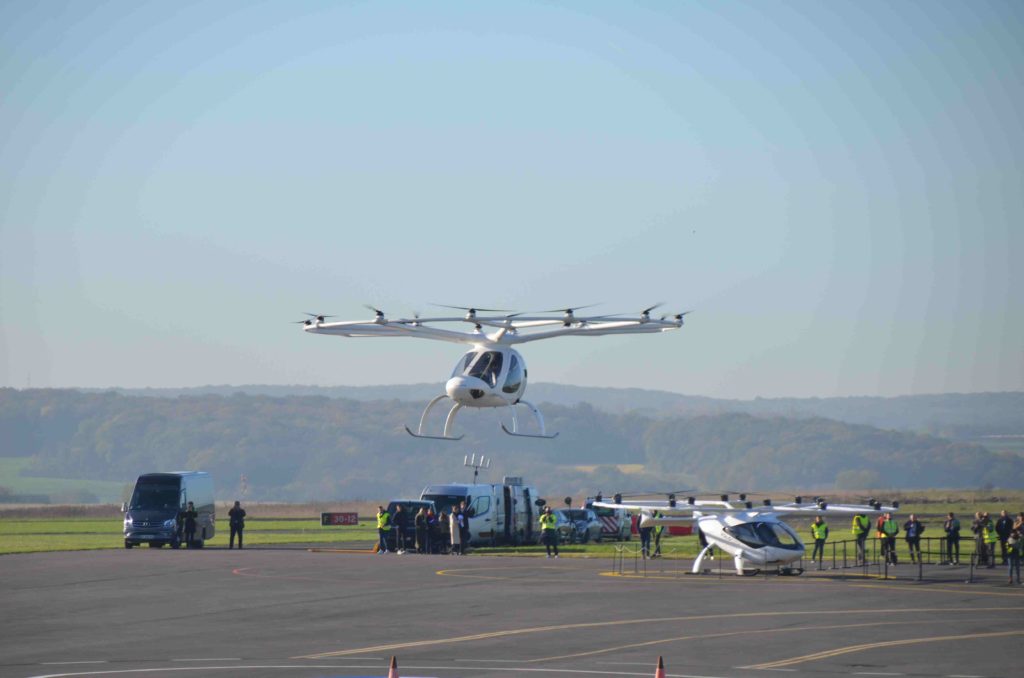
Some images here more info from Willi Tacke








Some impressions from EASA’s EUROPEAN ROTORS SHOW where EASA presented the version 4 of the SC-VTOL certification rule.
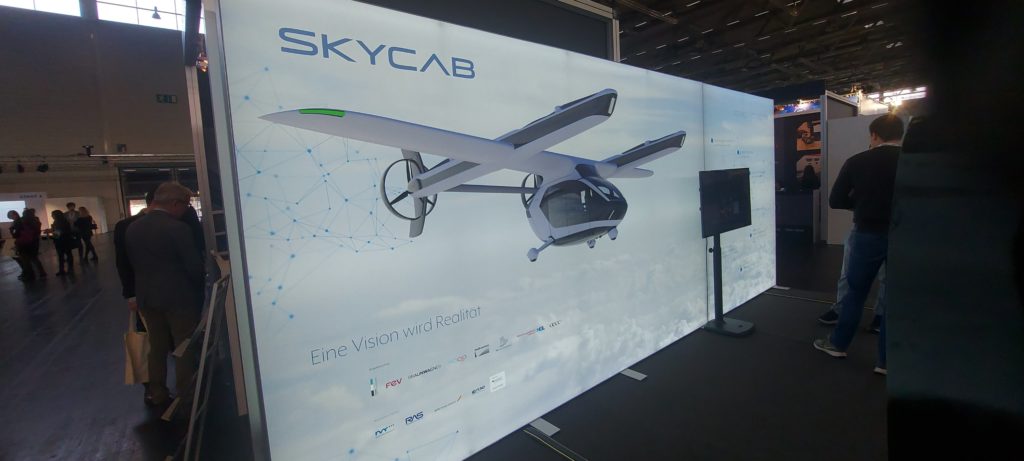

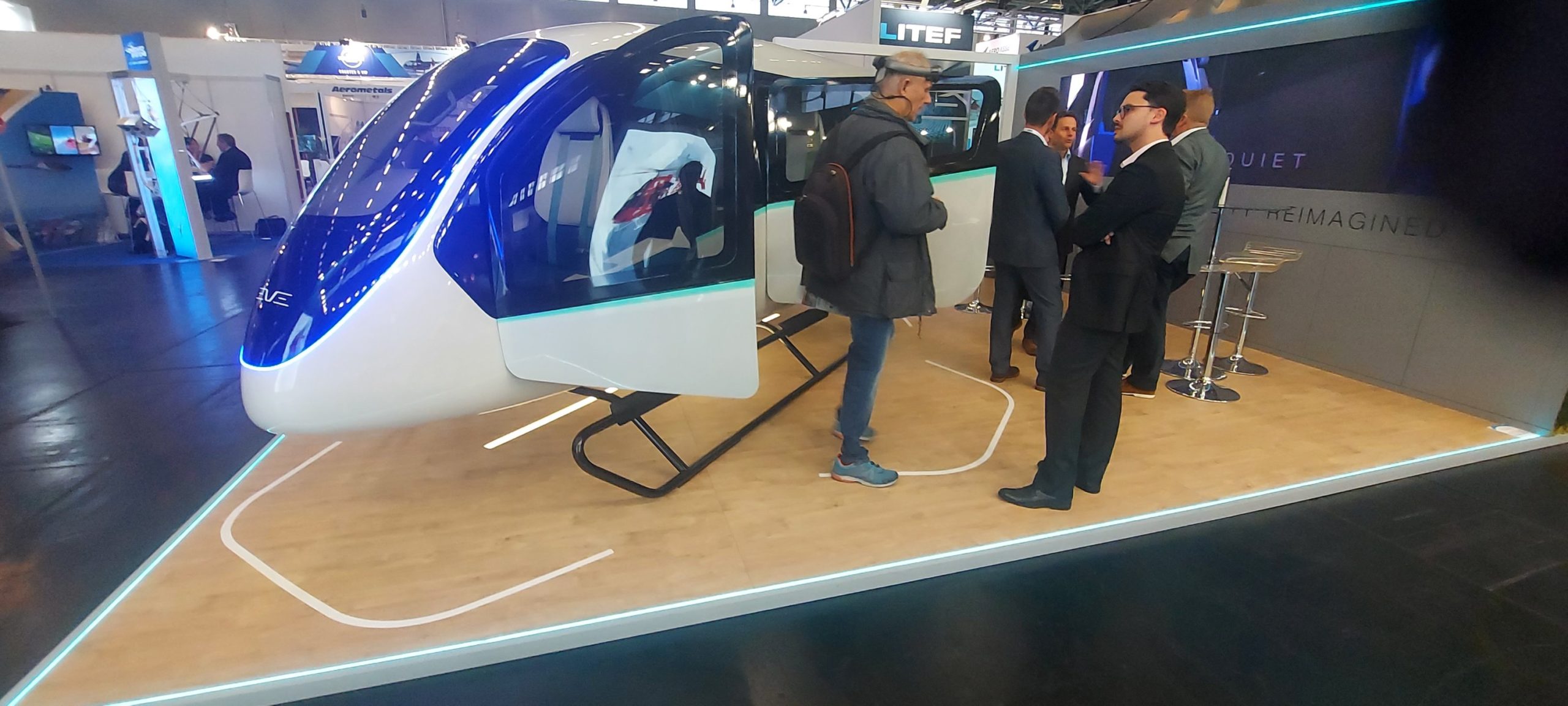
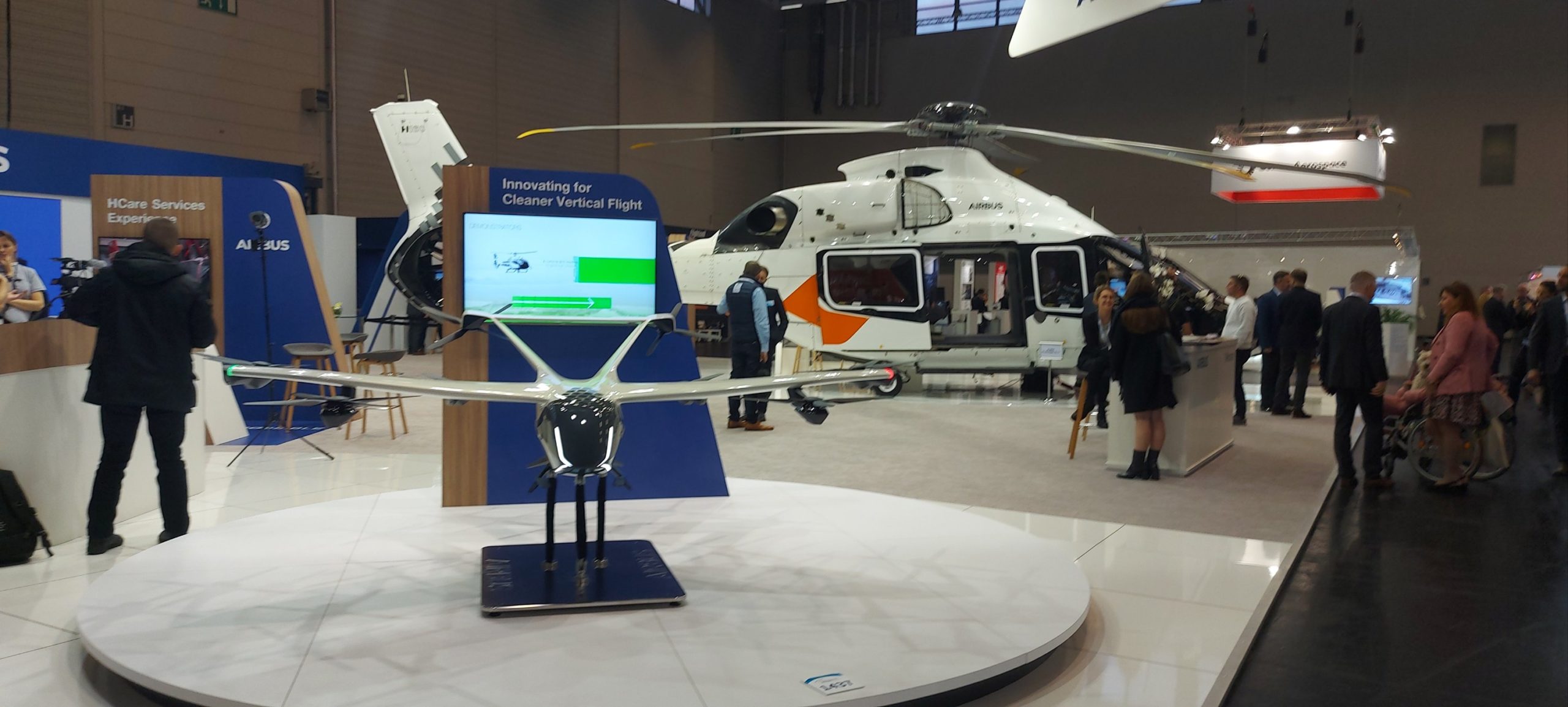
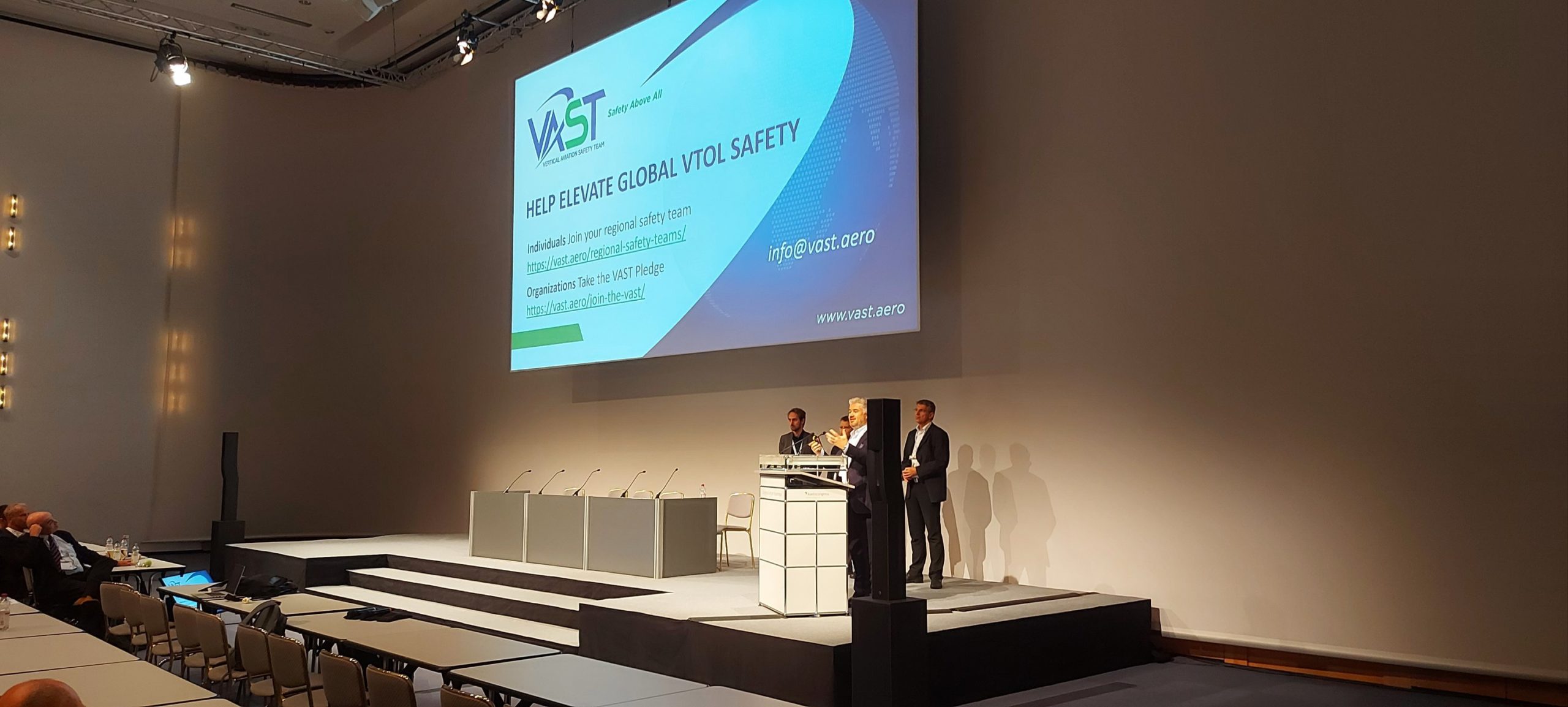
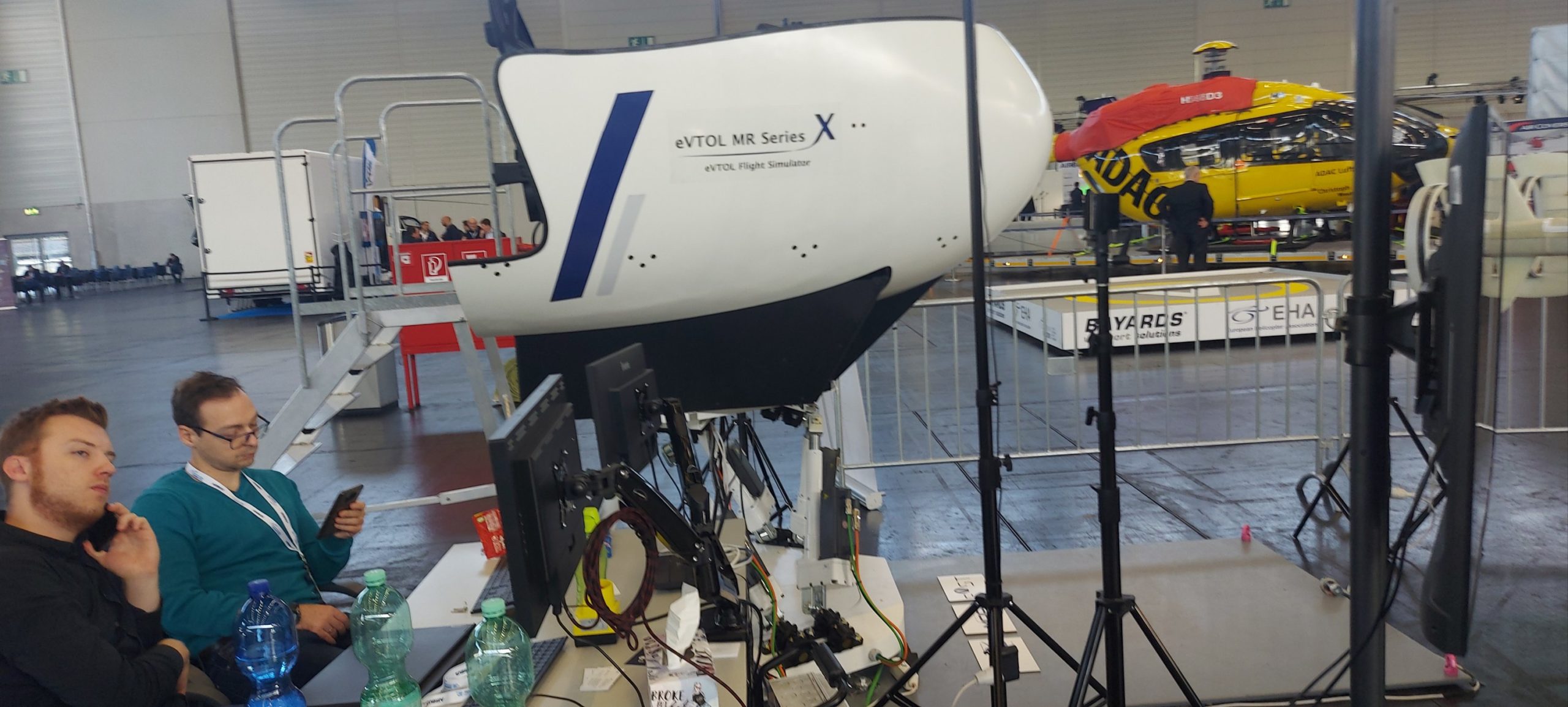
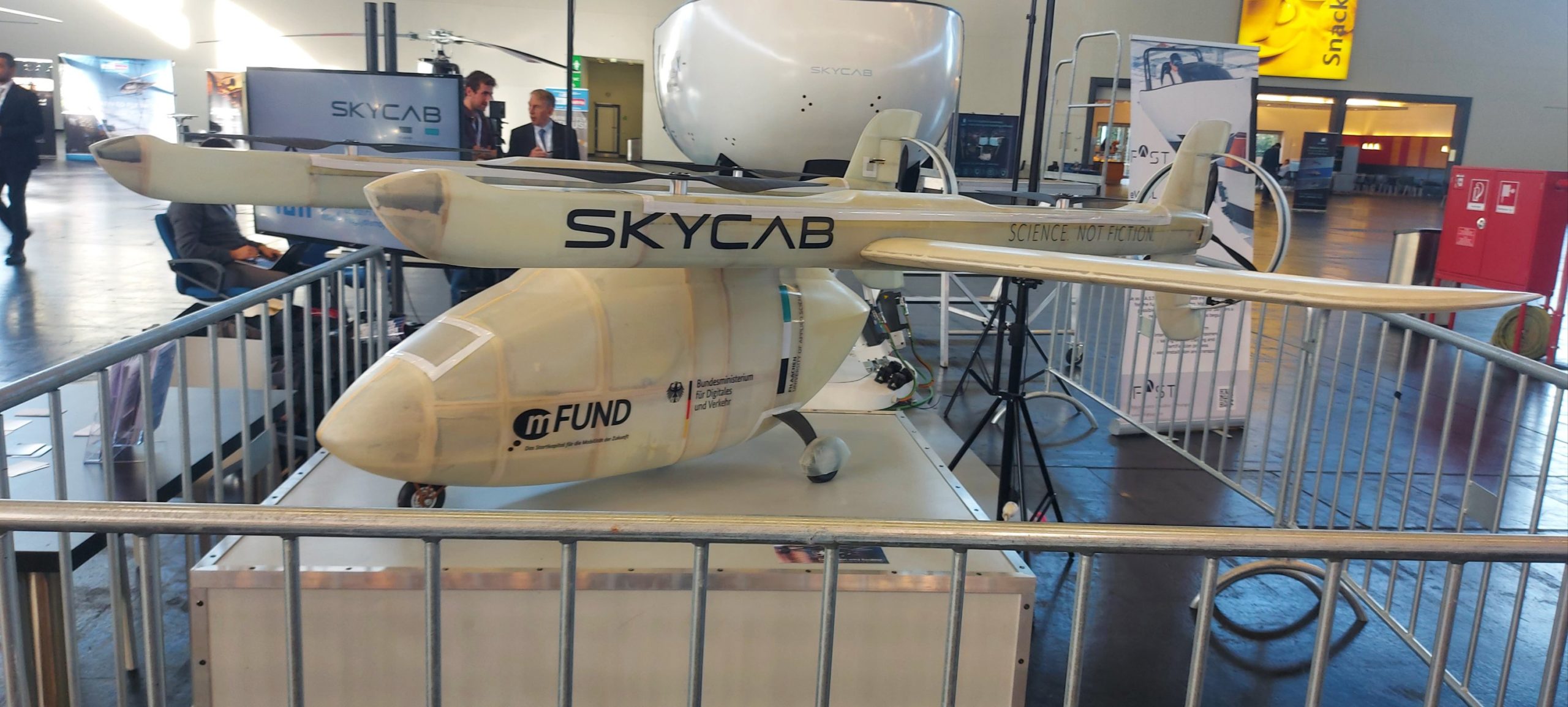

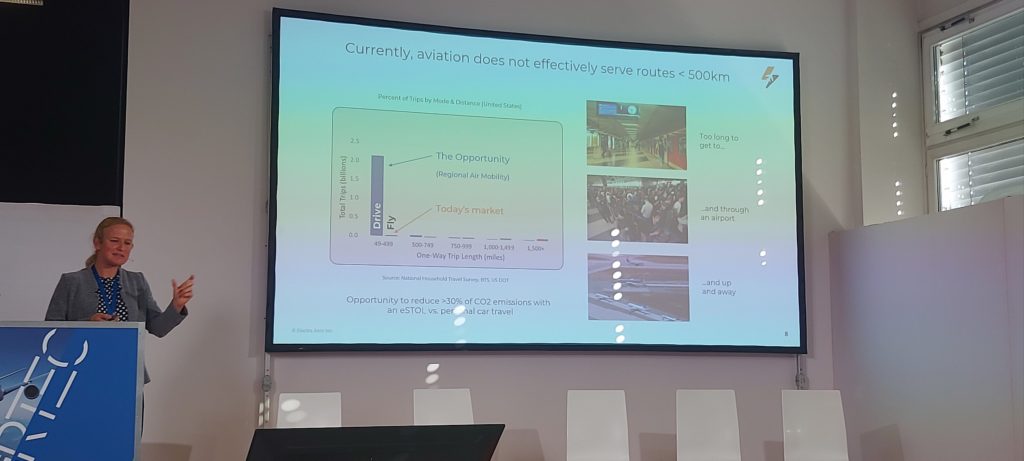
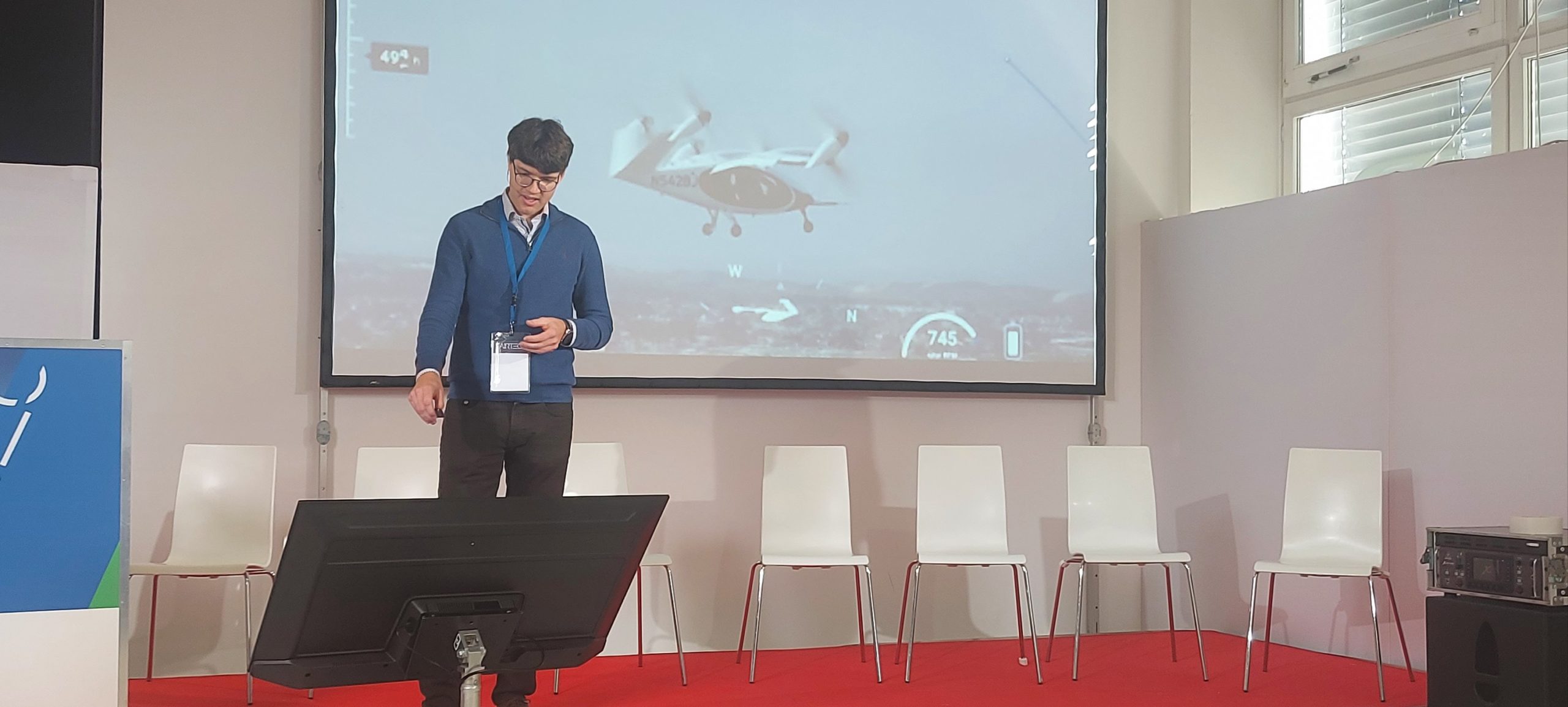
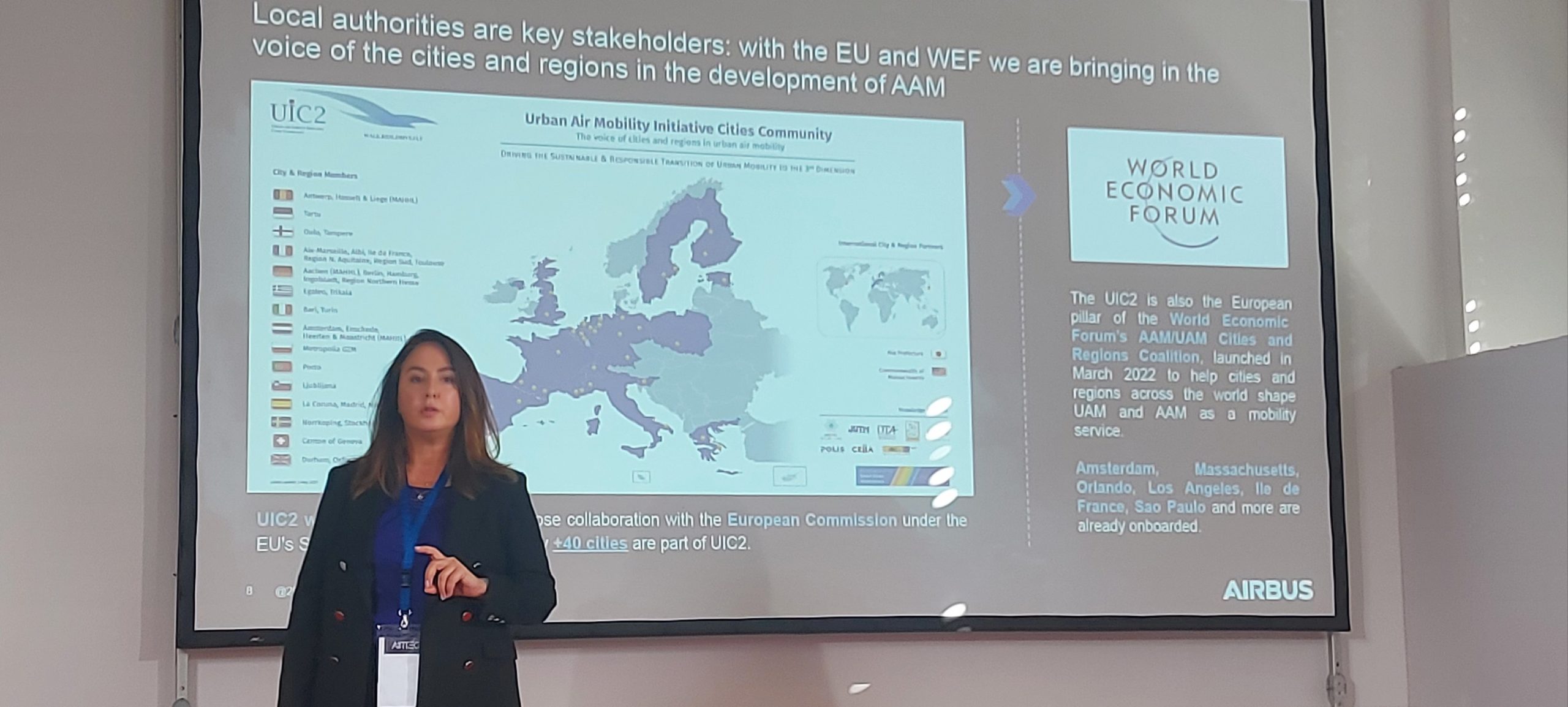
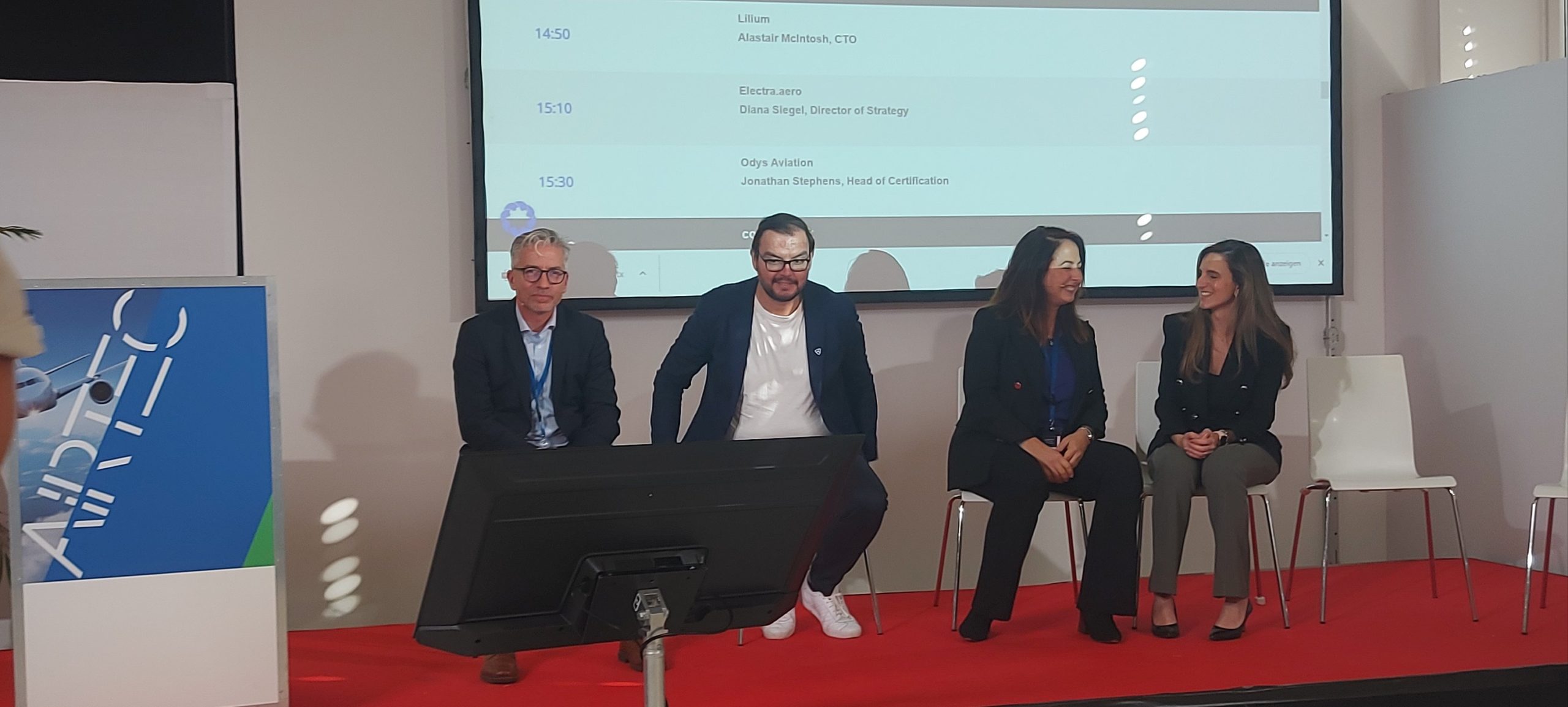
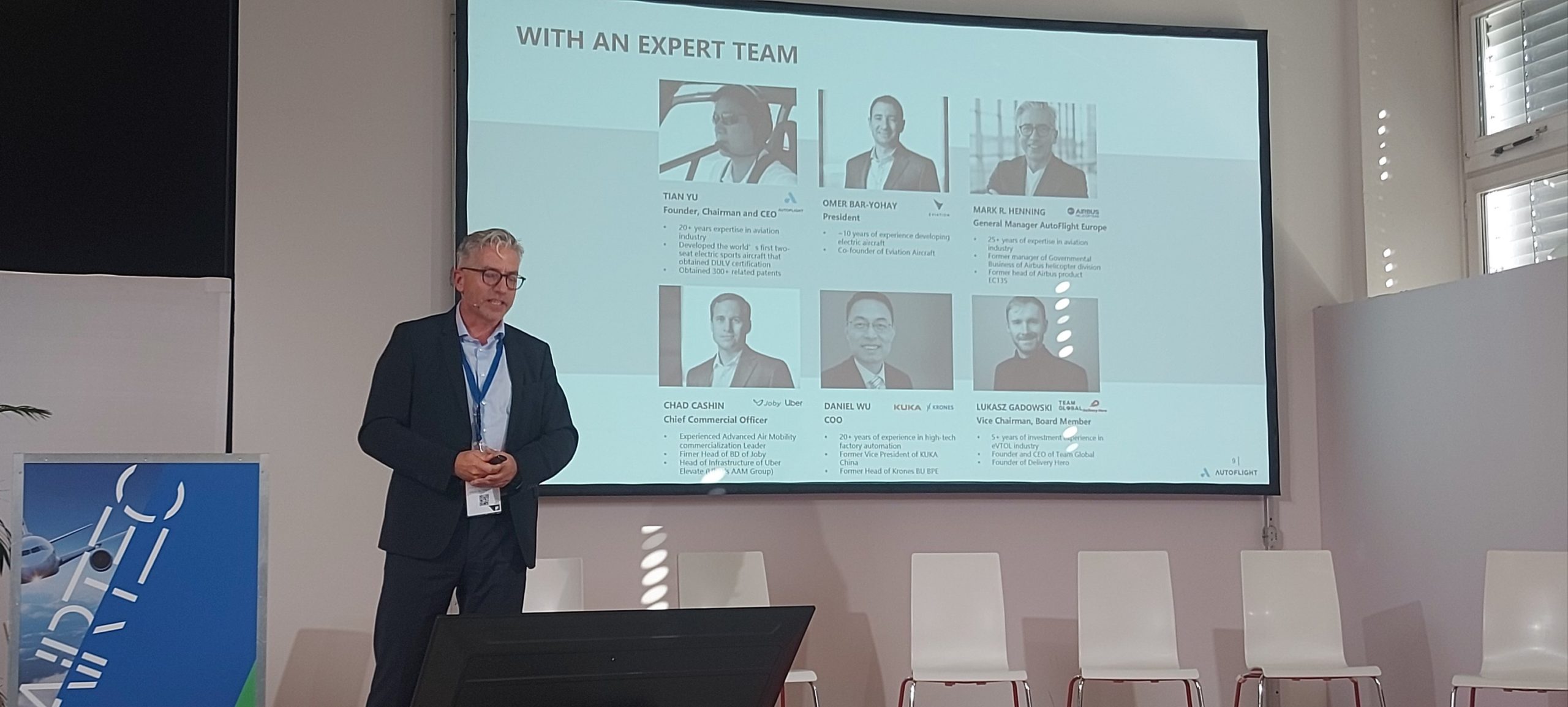
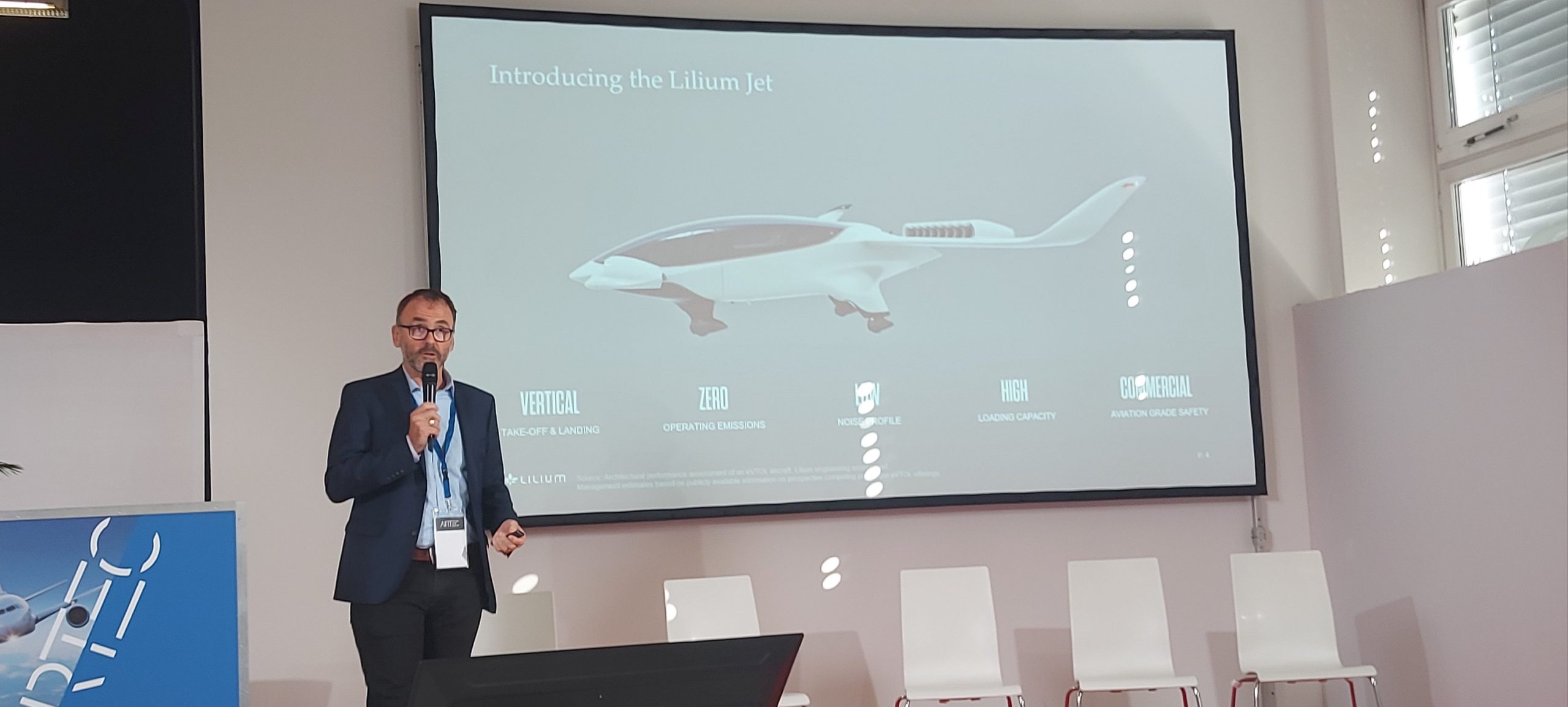
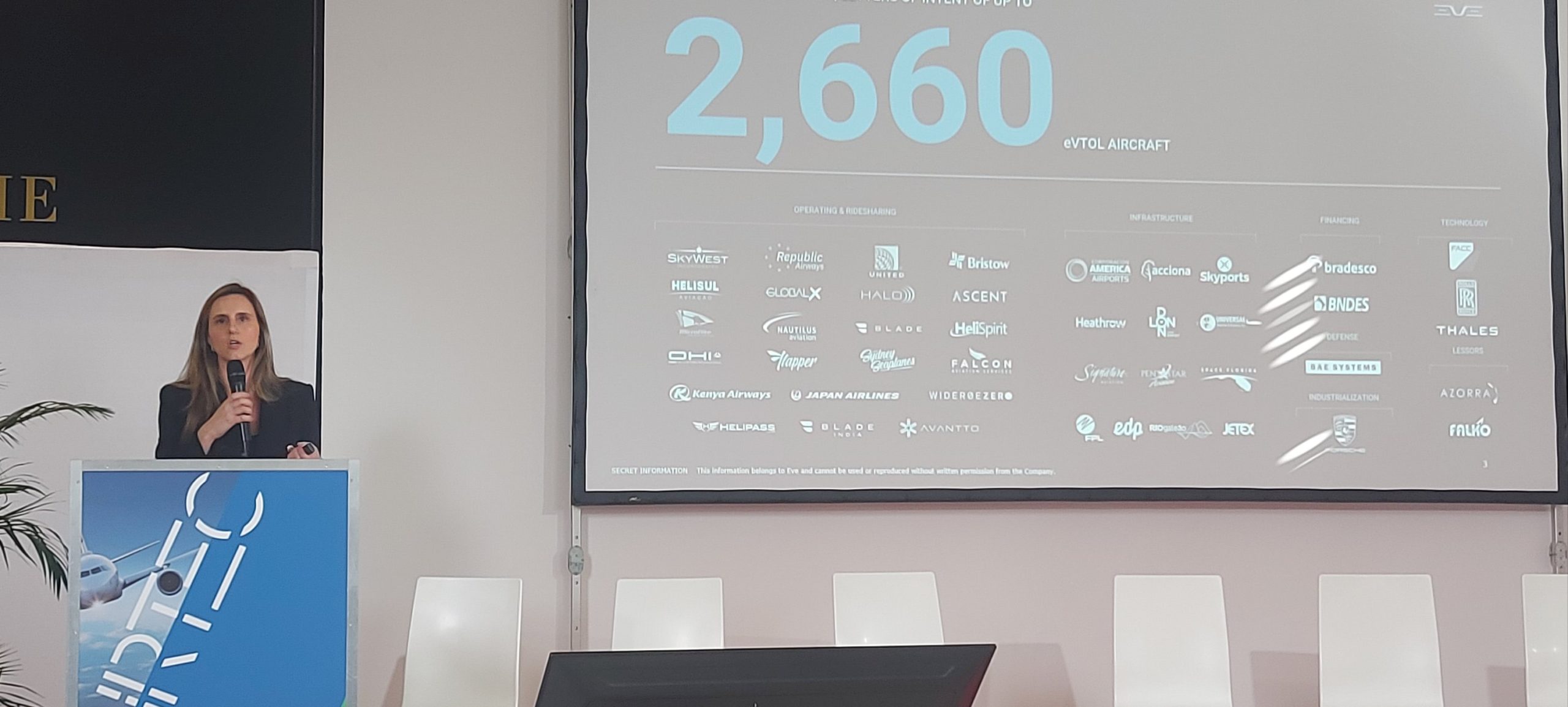
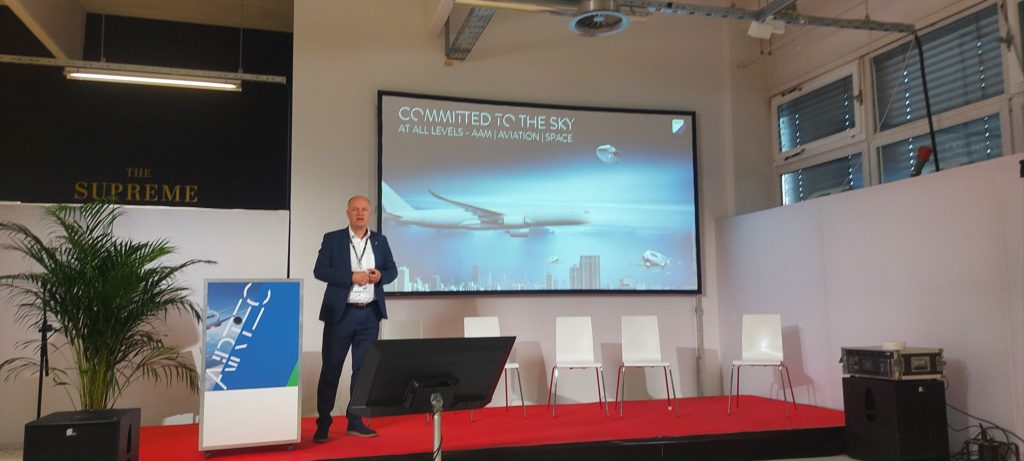
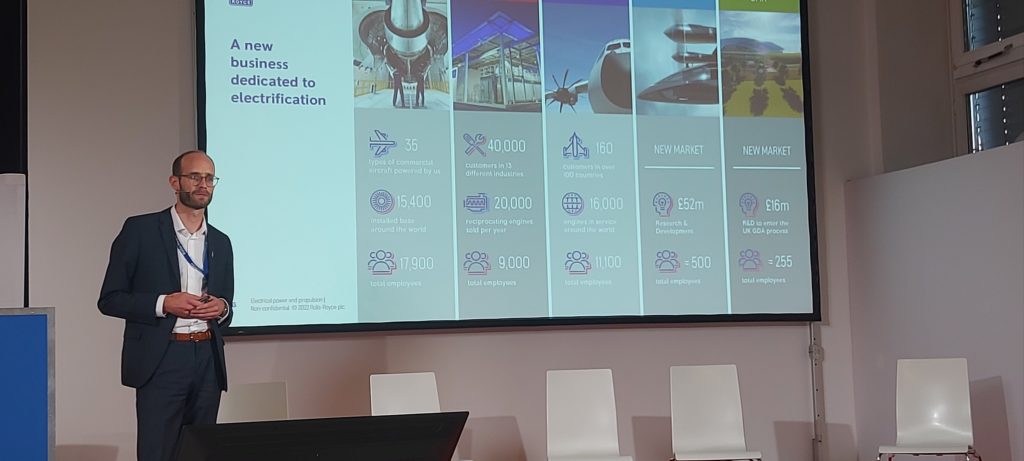
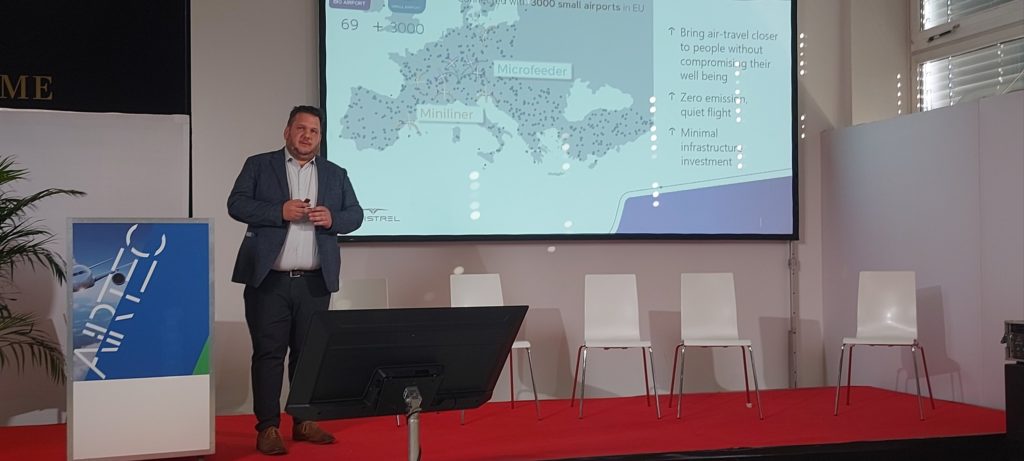
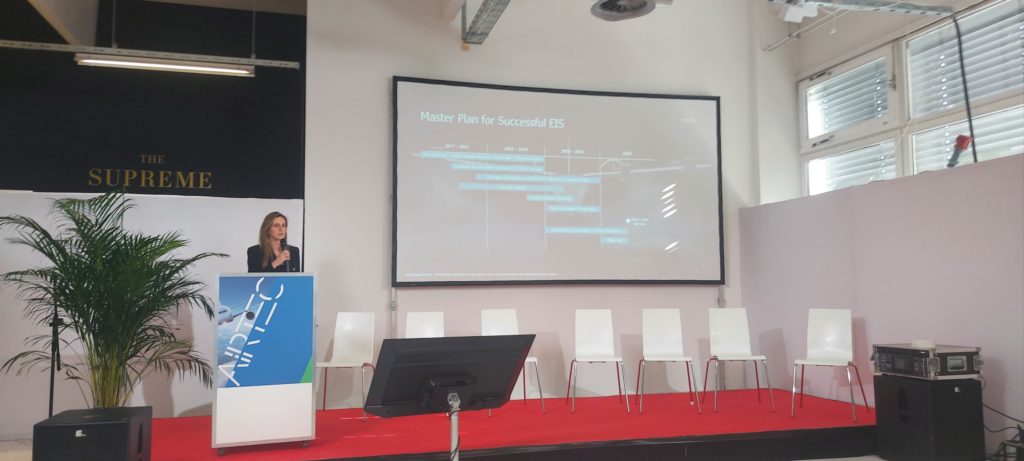
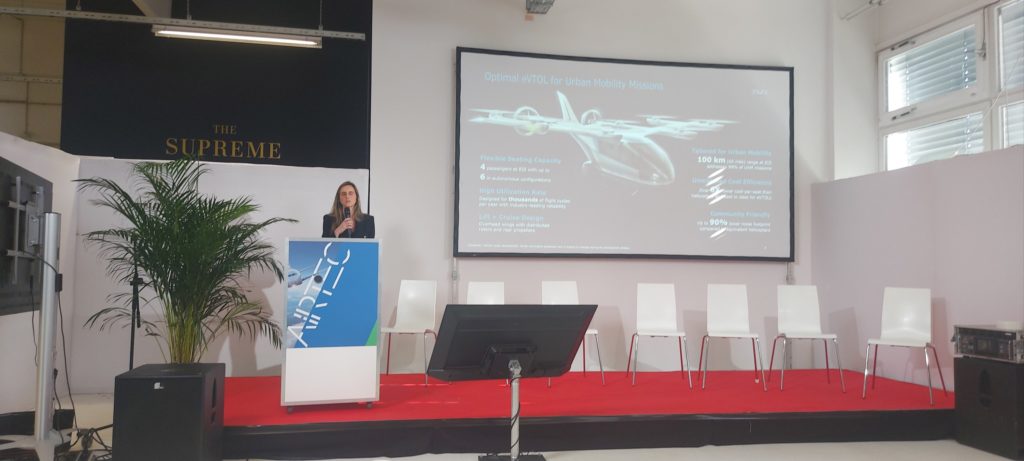
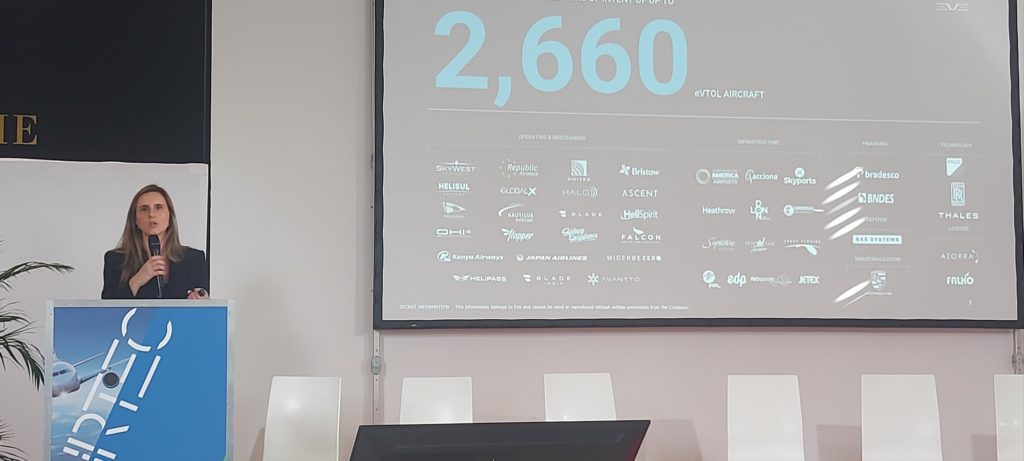
At the Technology Day event of Xpeng Autos, one of the leading Chinese electric car manufacturers, the CEO of Xpeng Autos who is also the major shareholder of its aviation subsidy HT Aero, unveiled the final design of their roadable eVTOL flying car and the video of the first flight of the demonstrator.



The final design is a flying car with a multicopter eVTOL lift component on the roof. The multicopter lift component has eight folding propellors with 3.5 meter diameter.

The full-size demonstrator has a gross weight of 1936kg, two-seat, driving range in „a few hundreds km“, flight range in „dozens km“. According to Xpeng’s CEO, they plans to show a full-size prototype next year.



On 5 October 2022 Autoflight, the eVTOL startup headquartered in Shanghai, annouced that they launched the business and operation center in California, USA, and welcome Omer Bay-Yohay, the founder and former CEO of Eviation the electric airplane startup from Israel, and Chad Cashin, the former head of business development of Joby the eVTOL company, to join Autoflight.
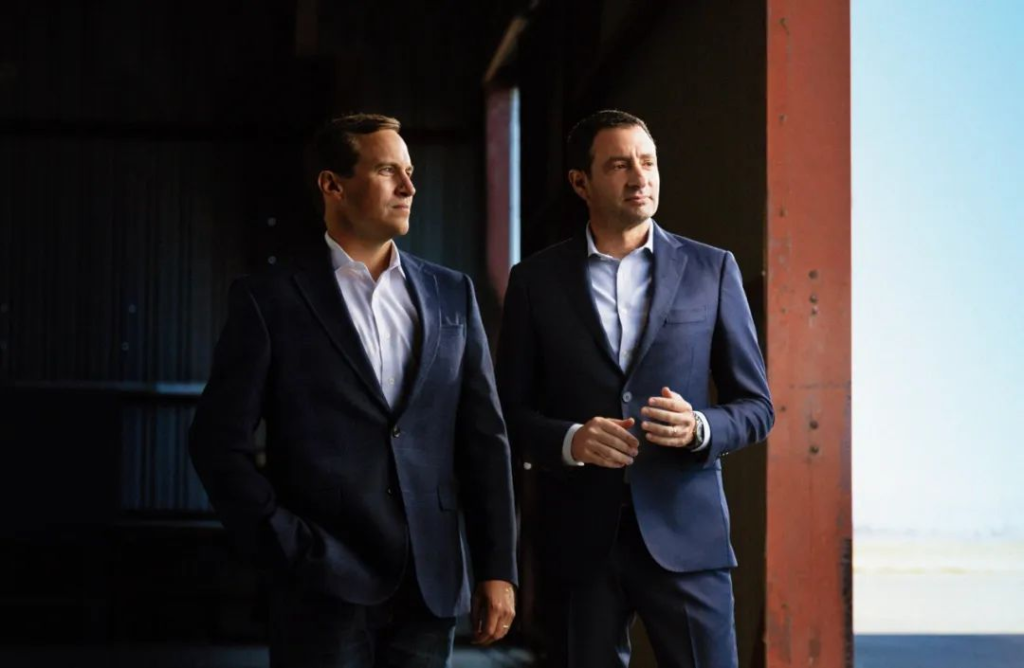
Omer Bay-Yohay (right) is designated as the global president of Autoflight and Chad Cashin (left) the chief commercial officer.
Omer Bay-Yohay is a veteran in electric aviation. He founded Eviation in Israel which designed and produced „Alice“ an 11-seat pure electric airplane prototype. Omer Bay-Yohay left the CEO position at Eviation while remaining on board before „Alice“ prototype made the first flight last week.
In January this year Autoflight set up a research, development and certification center in Augsburg, Germany, and declared that they would apply for EASA certification of their V1500M 4-seat eVTOL. The former head of Airbus EC135 and H145 projects Mark Henning joined as the head of Autoflight Europe. For more details: https://news.e-flight-journal.com/?p=626
Autoflight is test flying V1500M 4-seat eVTOL as well as a unmanned cargo conversion. The company plans to start the EASA certification process of the V1500M in 2022, and to obtain the EASA type certification in 2025. They also plan to establish more demo flight sites and conduct more demo flights in Europe. for more deails: https://news.e-flight-journal.com/?p=811, https://news.e-flight-journal.com/?p=960
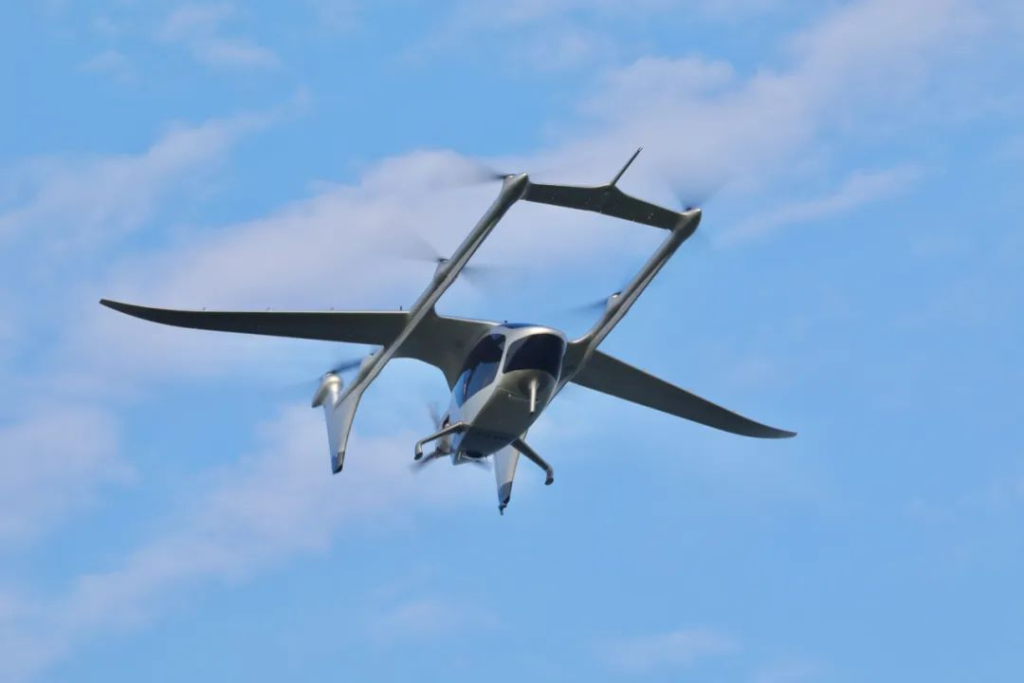
Last November German Investor Lukasz Gadowski invested $100 million USD in Autoflight. Mr. Gadowski is a serial entrepreneur and startup investor who invests with his Berlin-based company Team Global in startups with a focus on eMobility on the ground and in the air. In eVTOL domain Mr. Gadowski has also invested in Volocopter and Archer. for more details: https://news.e-flight-journal.com/?p=587
On 30 September 2022 an electric airplane called e-Sling designed and produced by students at ETH Zurich made another test flight which for the first time media were on site.
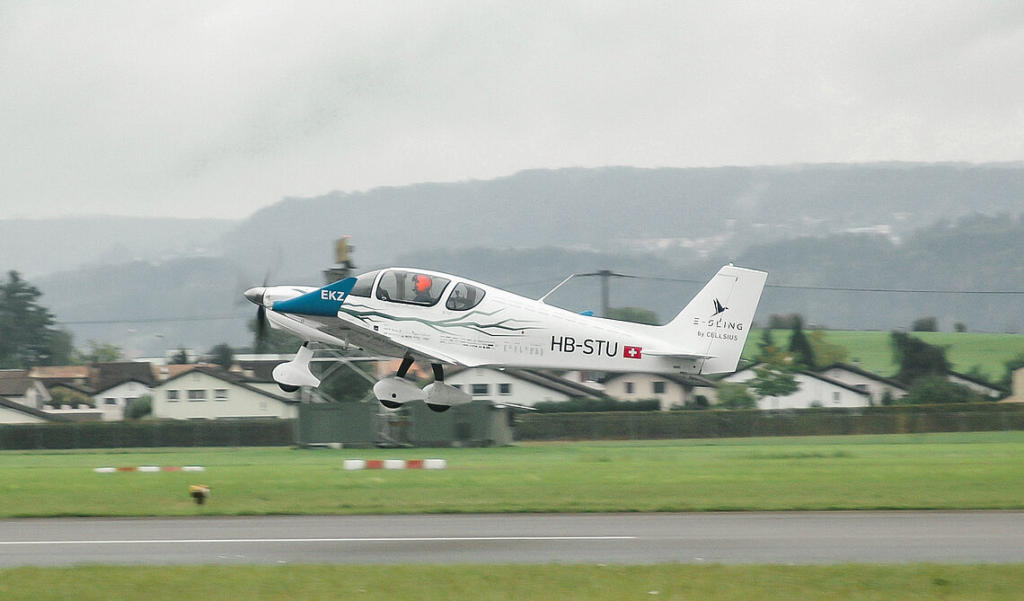
The airplane is converted from a Sling TSI four-seat kitplane. About 20 students participated in the project to equip the airplane with an electric motor and modular battery packs in the wings.
An electric motor with maximum power of 110 kW and a continuous output of 75 kW is similar in power to the 104 kW Rotax 915 iS that it replaces.The Rotax variant can reach speeds of up to 148 knots and has a range of around 800 nautical miles. For the e-Sling a cruise speed of 90 knots and a range of 110 nautical miles are projected.
The e-Sling took off from Dübendorf Airport for the first time on September 19th. The flight test program is a joint effort by the Experimental Aviation of Switzerland (EAS) and, because of the electric drive, also by the Federal Office for Civil Aviation (FOCA).
The project website: https://e-sling.com/
On 3 Oct. 2022 Wisk, the joint-venture between Boeing and Kitty Hawk founded by Google founder Larry Page, unveiled their latest eVTOL design which, according to the company, is their 6th generation eVTOL design.
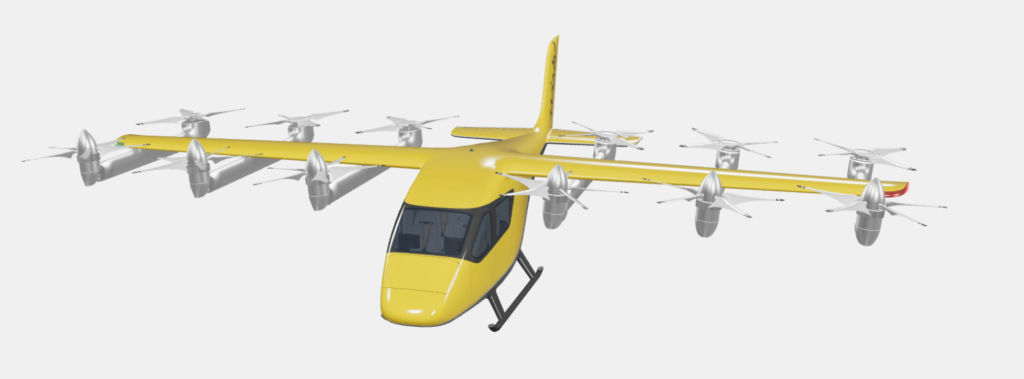
The model, which is for now simpled called „generation 6“, is four-seat, fully electric powered, has tilt-rotor configuration with total of 12 propellors 6 of which on the leading edge can tilt for both vertical takeoff and landing as well as cruise while the other 6 propellors on the trailing edge are in fixed position for lift purpose only. The configuration is obviously a divert from their current Cora two-seat demonstrator which has lift+cruise configuration.
An important feature of the design is that it continues the autonomous flight control principle of all Kitty Hakw/Wisk designs. That means that all four seats are for passengers and there will be no pilot nor operator on board.
Wisk plans to apply for type certificate for Generation 6.
The specification of the Wisk’s Generation 6:
For an illustration of the operation concept of Generation 6, Wisk presents this video:
Shanghai-headquartered eVTOL startup Autoflight annouced today that the Chinese regulator CAAC accepted the type certificate application of its V2000CG „Carryall“ eVTOL cargo drone.

The model has 2 metric ton maximum takeoff weight (MTOW) with 500kg cargo payload, is fully electrically powered, making its the largest cargo eVTOL applying for type certificate in China.
The model has the lift+cruise configuration with 8 lifting propellor and 1 cruising propellor. The model is a cargo conversion of Autoflight’s „Prosperity“ 4-seat passenger-carrying eVTOL design which has 1.5 metric ton MTOW.
According to the trial regulation of special-class UAV operation in the form of Advisory Circular (AC) published by CAAC in 2021, UAV with MTOW over 25kg requires airworthness certification with the exemption of spraying drones for argriculatural use (flying altitude limited to 30 meters).
On 27 September 2022 „Alice“ electric commuter prototype designed and produced by Eviation, the electric commuter airplane startup, tooke off for the first time from Grant County International Airport in Moses Lake, Washington, USA. The first flight happened in early morning and lasted about 8 minutes at 3700 feet.
Alice is designed to carry 9 passengers and two pilots in short-haul commuter configuration, 6 passengers in VIP executive cabine configuration and can carry up to 1.1 ton in cargo configuration with 7.5 ton gross weight. Eviation says that Alice will reach 500 miles (800 kilometers) at 400km per hour.

Eviation first unveiled Alice full-size mockup at Paris Airshow in 2019, but the company changed the design and revealed the new design in Jule 2021. Eviation expects to receive Part 23 certificate from FAA in 2025 and begins delivery to customers which have piled up over 130 orders with different configurations.
Stay in the loop with everything you need to know.